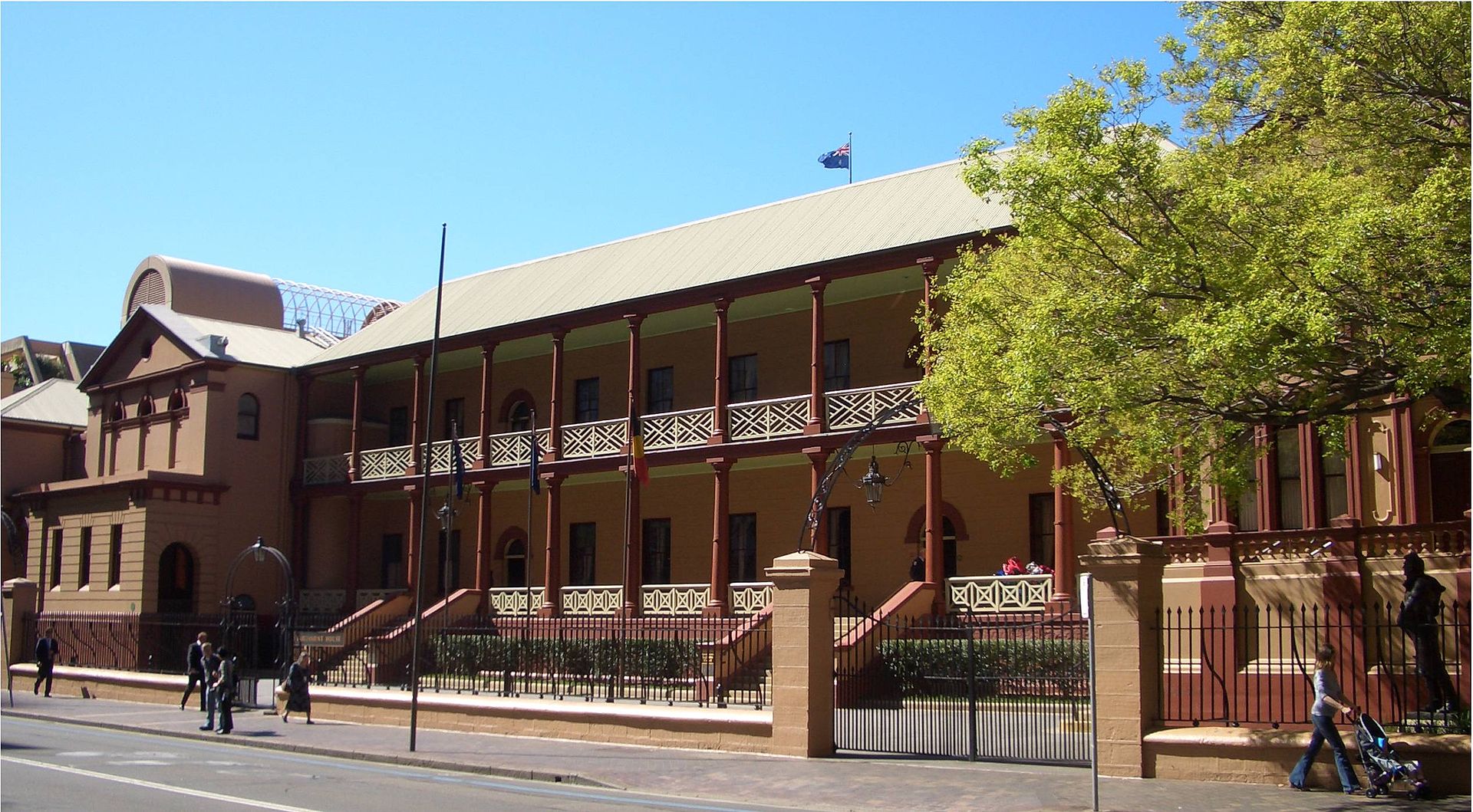Macular Disease Foundation Australia (MDFA) will award $1 million in its latest round of research funding and has also announced an additional new stream of grant funding to early-career researchers for “blue-sky” research in the field of macular disease.
MDFA Chairman Robert Kaye SC said research was the only hope to find cures for macular diseases, which cause half of all blindness and vision loss in Australia.
“MDFA has committed more than $4.1 million to world-leading Australian researchers since 2011. This year, we are proud to invest an additional $1 million to support research during these difficult economic times, which will be welcomed by Australian researchers and universities,” Mr Kaye said.
“This $1 million investment also makes MDFA the largest non-government source of research funds for macular disease in Australia. This commitment is in line with the National Strategic Action Plan for Macular Disease, which outlines Australia’s national response to macular disease and informs how limited health care resources can be better coordinated.
“Our aim continues to be to support the best research that works to reduce the incidence and impact of macular disease, and ultimately find better treatments and cures.”
Australian researchers can apply for funding from today (8 October), World Sight Day, and the successful applicants will be announced in May 2021.
MDFA CEO Dee Hopkins said that as well as the $1 million on offer through the Research Grants Program, an additional stream of funding is available thanks to a generous bequest from a member of the macular disease community.
The Grant Family Fund will provide a total pool of $100,000 for creative and innovative projects by early-career Australian researchers. MDFA expects to award two grants of $50,000 for one-year projects commencing in 2021.
This new biennial grant opportunity will give preference to cutting-edge areas and approaches in macular disease research that require seed funding investment, explained Ms Hopkins.
The fund is named after Ronald Grant, who lived with age-related macular degeneration (AMD), and his daughter Faye Grant, who was his primary carer. Faye Grant made a substantial bequest to MDFA when she passed away in 2019 at the age of 59.
“We will use the Grant Family Fund to back highly innovative small-to-medium scale research projects for a year. These will be projects that show potential for future funding by granting bodies, in accordance with the principles of the National Health and Medical Research Council (NHMRC),” Ms Hopkins said.
“Faye’s generosity will allow us to fund ground-breaking research that has the potential to enrich the life of every Australian living with macular disease.”
Faye’s sister Janette Forrester says she felt Faye would have liked the thought of funding young researchers with her bequest.
“In discussing it with MDFA, we thought that the research fund was the best way to use Faye’s bequest,” Mrs Forrester said.
Applications open today and the successful applicants will be announced during Macular Disease Foundation Australia’s next Macula Month in May 2021.
MDFA grants support research to reduce the incidence and impact of macular disease and ultimately to find cures.
Recipients of the $1 million Research Grants Program will be decided following rigorous evaluation, based largely on the NHMRC process, along with peer review, to ensure that the successful applicants meet the highest standards.
The Grant Review Panel encourages applications focused on these areas of strategic importance to MDFA:
• dry age-related macular degeneration (pathogenesis; biomarkers/predictors of clinical course; treatments)
• patient-oriented technological solutions for early detection and home monitoring and management of macular disease (using currently available devices and innovative technologies)
• models of care and novel strategies to improve access to treatment and care, including strategies for Closing the Gap in macular health.
About macular disease
AMD is the leading cause of legal blindness in Australia. Macular disease covers a range of painless conditions that affect the central retina (the macula) at the back of the eye. The most common are age-related macular degeneration (AMD) and diabetic retinopathy (DR), including diabetic macular edema (DME). Macular disease can affect reading, driving and facial recognition, as well as the ability to carry out critical daily activities and see colours clearly. One in seven Australians over 50 (approximately 1.3 million people) have some evidence of AMD. AMD has a prevalence 50 times that of multiple sclerosis and four times that of dementia.
About MDFA
Macular Disease Foundation Australia (MDFA) is the national peak body for the macular disease community in Australia. MDFA is a not-for-profit organisation that promotes awareness, provides education and support services, conducts and supports research, and advocates in the best interests of patients, their families and carers.






